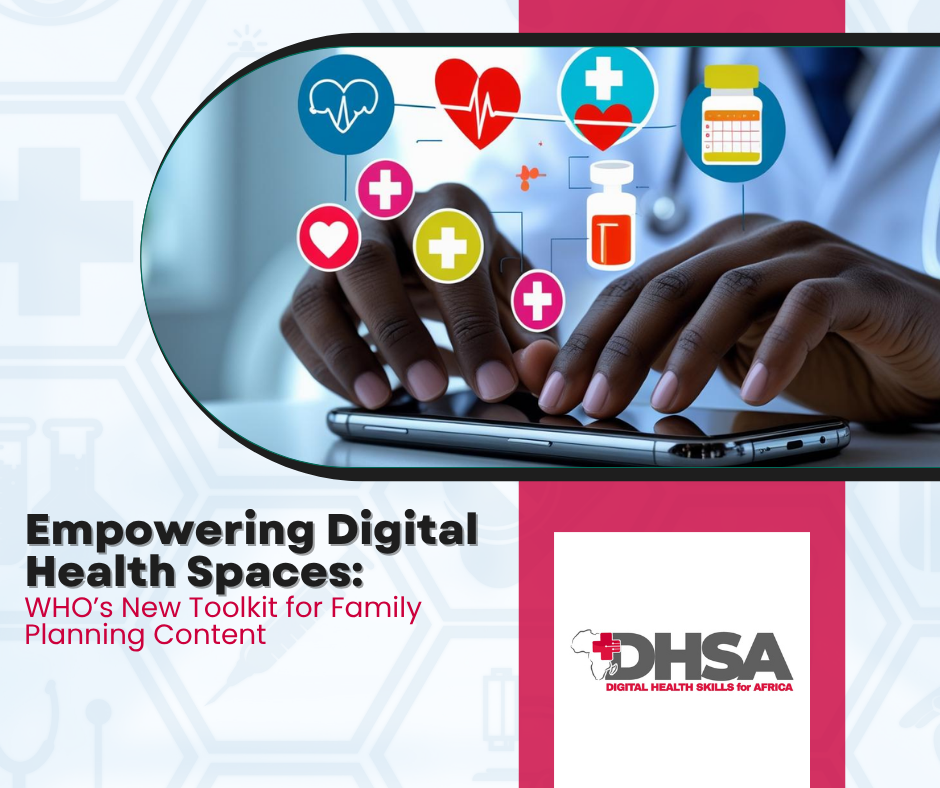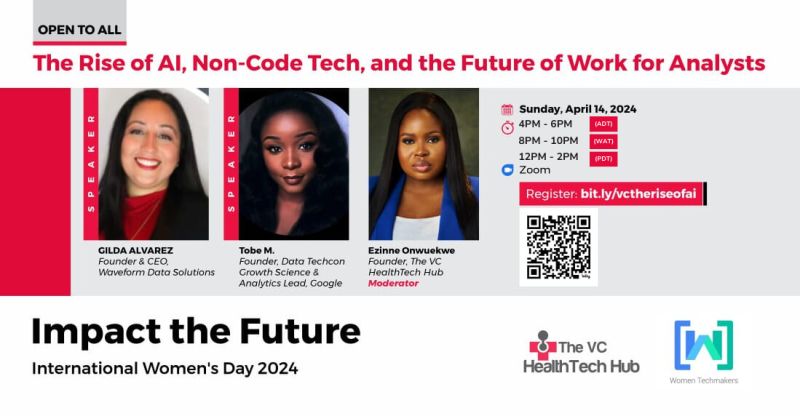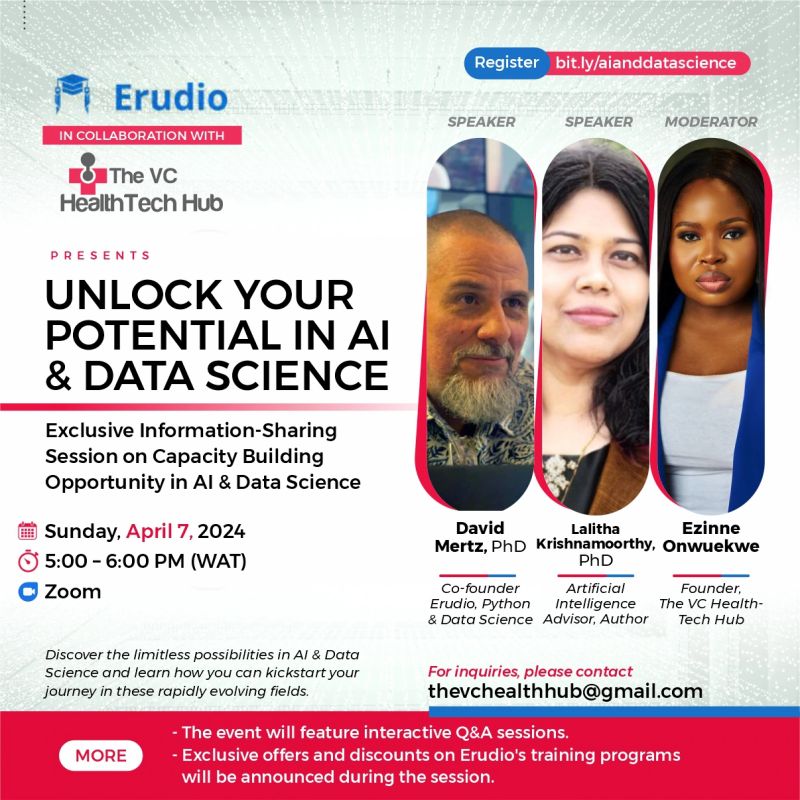
Access to accurate and reliable family planning information remains essential, especially across Africa where digital platforms have become key sources of health guidance for many. The World Health Organization (WHO), together with HRP (the UN’s Special Programme in Human Reproduction), launched a new toolkit designed to transform how family planning information is delivered through apps, chatbots, and social media.
This resource offers a centralized collection of simplified, expert-reviewed messaging that can be adapted for various digital platforms. It supports ministries of health, NGOs, tech developers, and influencers in communicating clear and trustworthy information aligned with WHO guidelines. In doing so, it addresses widespread misinformation while promoting confident and informed decision-making on reproductive health.
For African contexts, the potential impact is significant. The toolkit will enable programme managers to update mHealth apps with standardised and evidence-based content. Chatbots can deliver myth-busting responses in real-time. Youth influencers can create engaging social media content that speaks directly to their audiences in local languages while staying grounded in global best practices.
Importantly, this toolkit is designed to be adaptable rather than prescriptive. It encourages localisation to suit diverse cultural contexts and languages, ensuring messages are relevant and respectful. With features including summaries of WHO recommendations, practical user scenarios, simplified messaging, and suggested metrics for tracking engagement, it offers a strong foundation for effective digital health communication.
Looking ahead, the integration of this toolkit with artificial intelligence will further enhance its reach, enabling chatbots and AI-driven tools to provide personalised and accurate responses to users seeking reproductive health guidance.
The question to reflect on is: what roles do public health institutions, digital health organisations, innovators (especially those with mHealth products or platforms in reproductive health), and health influencers play in ensuring this digital toolkit reaches its full potential across communities? Most importantly, how can it be leveraged to reach communities with low internet access, ensuring no one is left behind? Share in the comments how you think these stakeholders can collaborate to make this toolkit impactful where it is needed most.


